
During the late 1940s and early 1950s, Colorado, Utah, and New Mexico hosted what was called the “Great Uranium Rush” (Rock & Gem, April 2017), the last mineral rush in which individual prospectors had a chance to strike it rich. The quest was for, in the parlance of that era, “hot rocks”— rocks emitting elevated levels of radioactivity that might indicate a uranium deposit worth millions of dollars.
A few prospectors did indeed make their fortunes. Still, most received their reward by participating in an adventure that thrilled the nation and introduced words and terms like “radioactivity,” “Geiger counter,” and “radiometric prospecting” into the general vocabulary.
Although finding a million-dollar uranium deposit today is unlikely, understanding radioactivity and knowing how to detect it can greatly enhance the mineral-collecting experience. Radioactivity is one of the fascinating physical properties of minerals. It is ionizing energy in the form of particles and rays produced by the spontaneous disintegration or “decay” of unstable atomic nuclei.
While this definition might seem a bit intimidating, getting a practical handle on radioactivity is not that difficult. Admittedly, the word is loaded with negative connotations linked to nuclear weapons, fallout, toxicwaste disposal, reactor meltdowns, and the hazards of radon gas. Nevertheless, radioactivity is very much a part of the natural world, especially the world of mineralogy.
This story is from the {{IssueName}} edition of {{MagazineName}}.
Start your 7-day Magzter GOLD free trial to access thousands of curated premium stories, and 9,000+ magazines and newspapers.
Already a subscriber ? Sign In
This story is from the {{IssueName}} edition of {{MagazineName}}.
Start your 7-day Magzter GOLD free trial to access thousands of curated premium stories, and 9,000+ magazines and newspapers.
Already a subscriber? Sign In
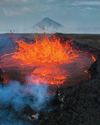
THE BRIGHT SIDE OF VOLCANIC ROCK
As a mineral resource, volcanic rock is decidedly short on glamour.
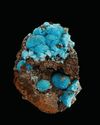
The Other Copper Minerals
12 Lesser-known Collectible Species

MINERAL COLLECTING -AND ROCK & GEM
Evolving Together FOR 54 YEARS
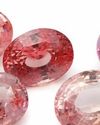
Gemstone Trends
A Look Back at 2024 & What to Expect in 2025
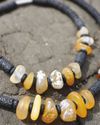
How to Make a GEM BEAD NECKLACE
No Lapidary Experience Needed!
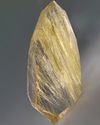
Framing Nature's Art
Faceting Rutilated Quartz for Beginners
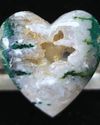
BEDAZZLED BLUE SEAM AGATE
More than several centuries ago, mining was the profession most often seen as befitting of men.
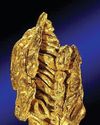
ROCK & GEM FIELD GUIDE:
Spinel is a captivating gemstone with a rich history of being mistaken for gems like ruby and sapphire.
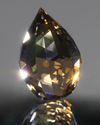
SNAKE SCALE DROP 1.5:1
This Faceting Focus is revisiting the briolette gemstone design because of its popularity with independent and hobby gemstone faceters.
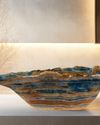
STONE CHIC
How Earth-Inspired Decor Brings Comfort to our Home